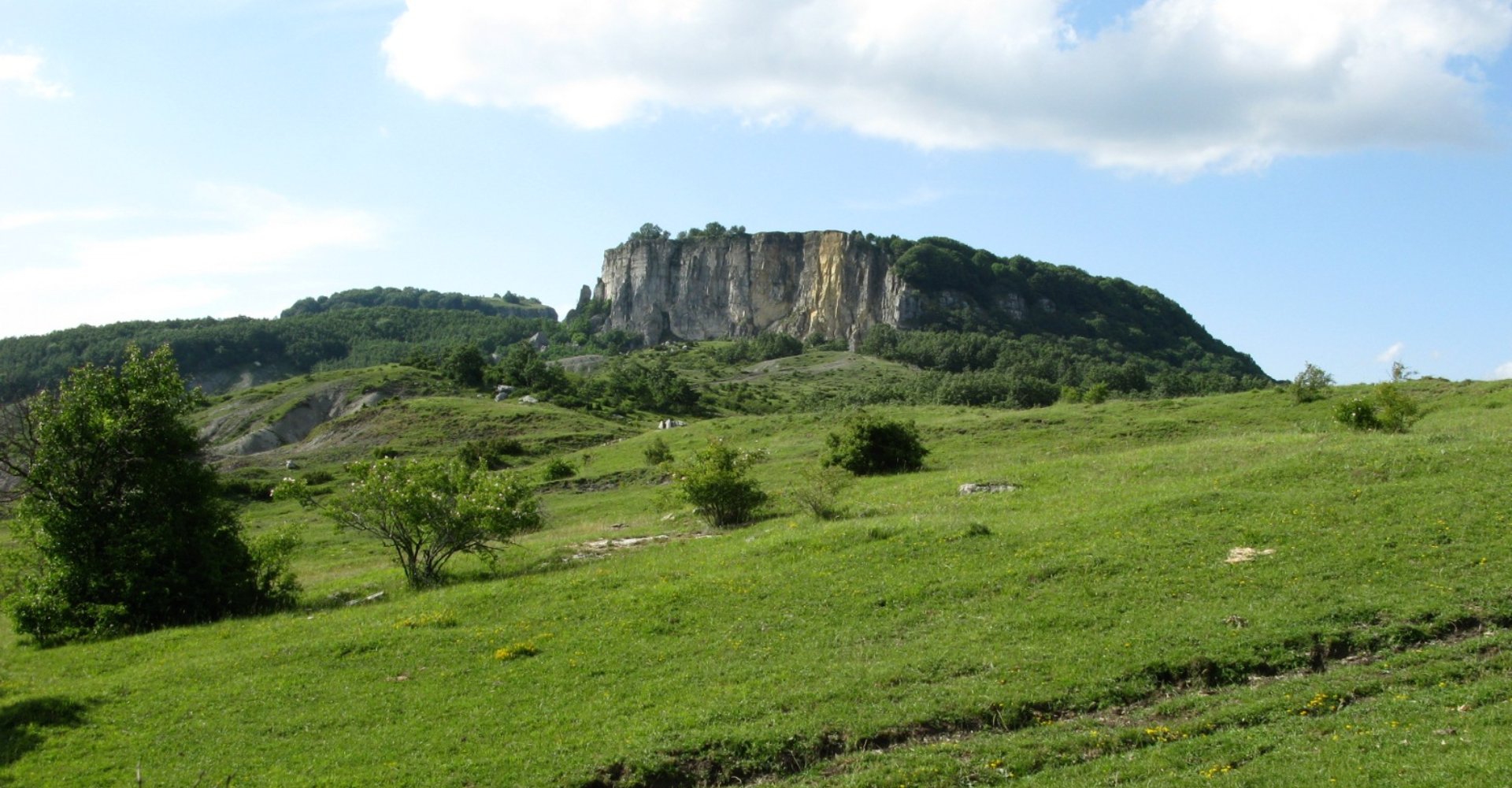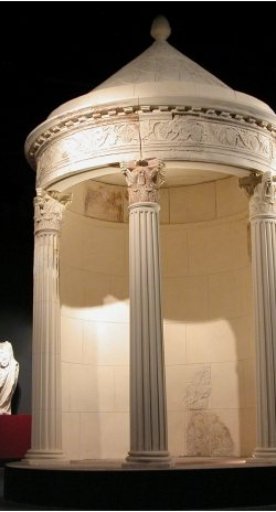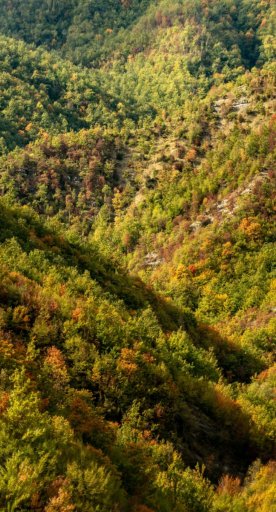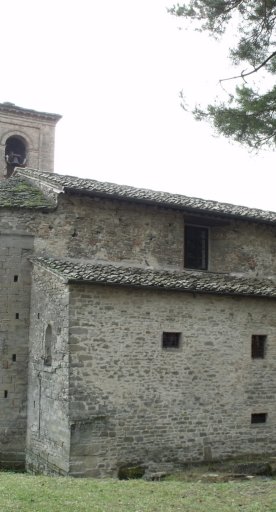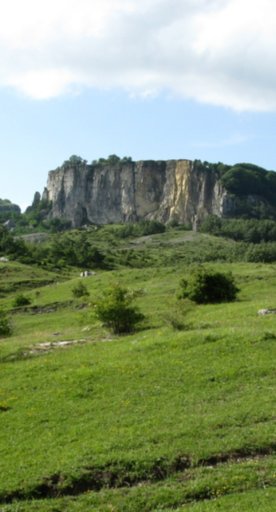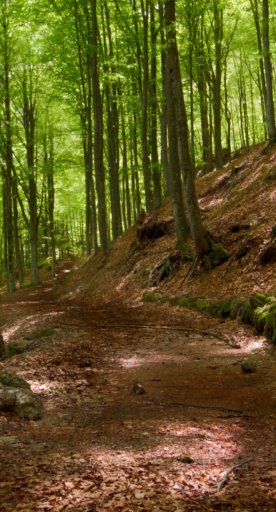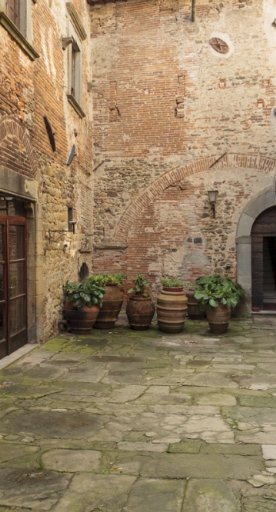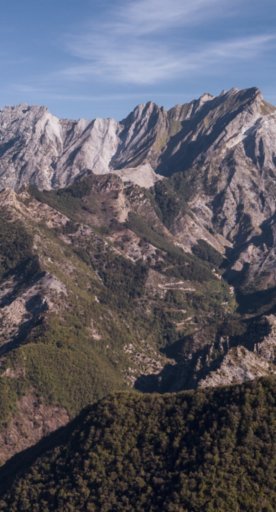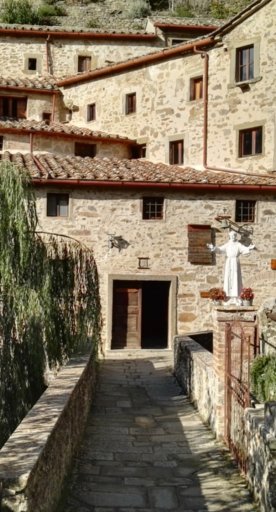Sestino
Wonderful landscapes in an ancient border land
Sestino is a border land and, like all areas that are located at the crossroads of different cultures, is nowadays the result of the history, traditions and customs of the peoples who have passed through here over the centuries.
Sestino is called "the Roman city," as if it were par excellence, because of the many legacies it preserves from that era; however, an even more ancient past is certain, evidenced by findings belonging to the Etruscans, Picentes and Umbrians. It is true, however, that in the first century B.C. the Romans built a real city here, with monumental buildings.
What to see in Sestino
Recounting that historical moment today is the National Antiquarium: in its rooms is located a collection formed during the 19th century and including inscriptions, bas-reliefs, statues, memorial stones and decorative fragments from Roman times, as well as household articles found during archaeological excavations carried out in the area. Among the exhibits are the statue of Aphrodite, the head of Augustus and, the show piece, the perfectly reconstructed Augustan small temple.
Built over the remains of the ancient Roman "curia" is the Romanesque parish church of San Pancrazio, which preserves a marble memorial stone from 375 A.D. inside. In addition to a striking Byzantine crypt, the building houses several interesting paintings from the 14th-7th centuries. Over time the church has undergone numerous interventions, and of the original construction only the apse remains intact today.
Recounting that historical moment today is the National Antiquarium: in its rooms is located a collection formed during the 19th century and including inscriptions, bas-reliefs, statues, memorial stones and decorative fragments from Roman times, as well as household articles found during archaeological excavations carried out in the area. Among the exhibits are the statue of Aphrodite, the head of Augustus and, the show piece, the perfectly reconstructed Augustan small temple.
Built over the remains of the ancient Roman "curia" is the Romanesque parish church of San Pancrazio, which preserves a marble memorial stone from 375 A.D. inside. In addition to a striking Byzantine crypt, the building houses several interesting paintings from the 14th-7th centuries. Over time the church has undergone numerous interventions, and of the original construction only the apse remains intact today.
In the surroundings
Nature lovers will certainly not be disappointed by this corner of the Tuscan Valtiberina, where the landscapes plunge those who pass through them into a suspended time, breathing the sensations and impressions of an unspoiled environment. A must-see is the colossal Sasso di Simone, a huge 1,200-meter-high block of limestone rock that seems to have fallen from the sky and that in the past was also the subject of pagan cults or ambitious projects (the Medici thought of building a fortified city here). It is reached by a walk along paths that introduce to an unforgettable view; once at the top, in fact, nothing restricts the view and even the sea seems just a few steps away. The stone is located within the nature reserve that bears its name.
The vitality of these Apennine mountains is also manifested in the Ranco Spinoso Wildlife Park, with hectares and hectares of grasslands and shady woods where fallow deer, stags, and mouflons live peacefully.
Nature lovers will certainly not be disappointed by this corner of the Tuscan Valtiberina, where the landscapes plunge those who pass through them into a suspended time, breathing the sensations and impressions of an unspoiled environment. A must-see is the colossal Sasso di Simone, a huge 1,200-meter-high block of limestone rock that seems to have fallen from the sky and that in the past was also the subject of pagan cults or ambitious projects (the Medici thought of building a fortified city here). It is reached by a walk along paths that introduce to an unforgettable view; once at the top, in fact, nothing restricts the view and even the sea seems just a few steps away. The stone is located within the nature reserve that bears its name.
The vitality of these Apennine mountains is also manifested in the Ranco Spinoso Wildlife Park, with hectares and hectares of grasslands and shady woods where fallow deer, stags, and mouflons live peacefully.
Events
The last weekend in June in Sestino the "Sagra della Bistecca Chianina," (Festival of the Chianina Steak) is held with a large banquet in the center of the village, along with historical re-enactments in medieval clothing, music and entertainment.
The last weekend in June in Sestino the "Sagra della Bistecca Chianina," (Festival of the Chianina Steak) is held with a large banquet in the center of the village, along with historical re-enactments in medieval clothing, music and entertainment.
